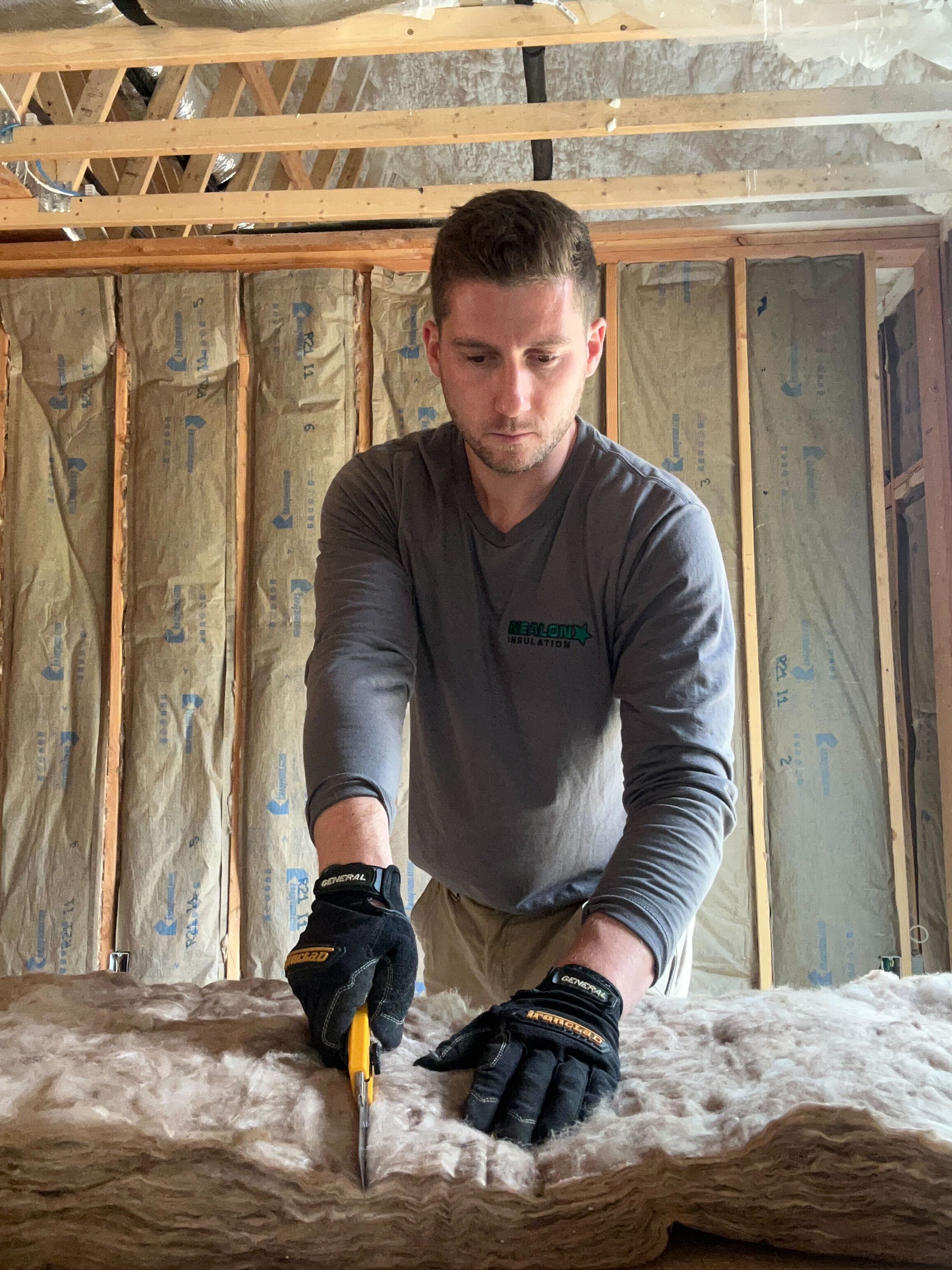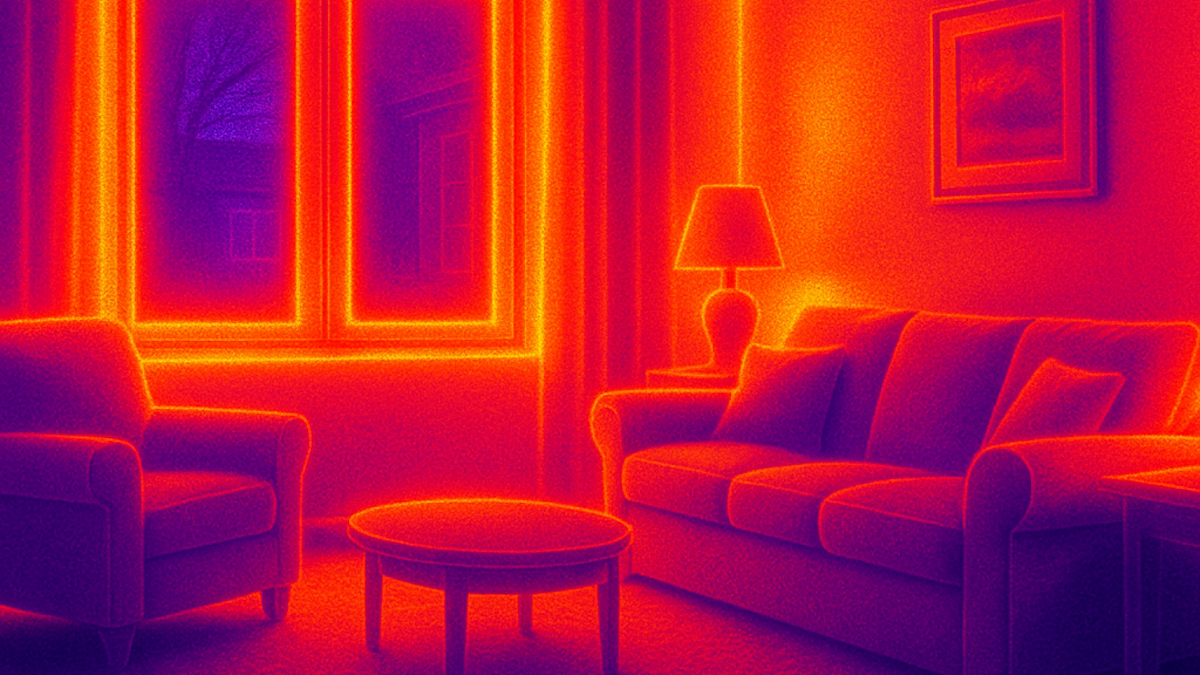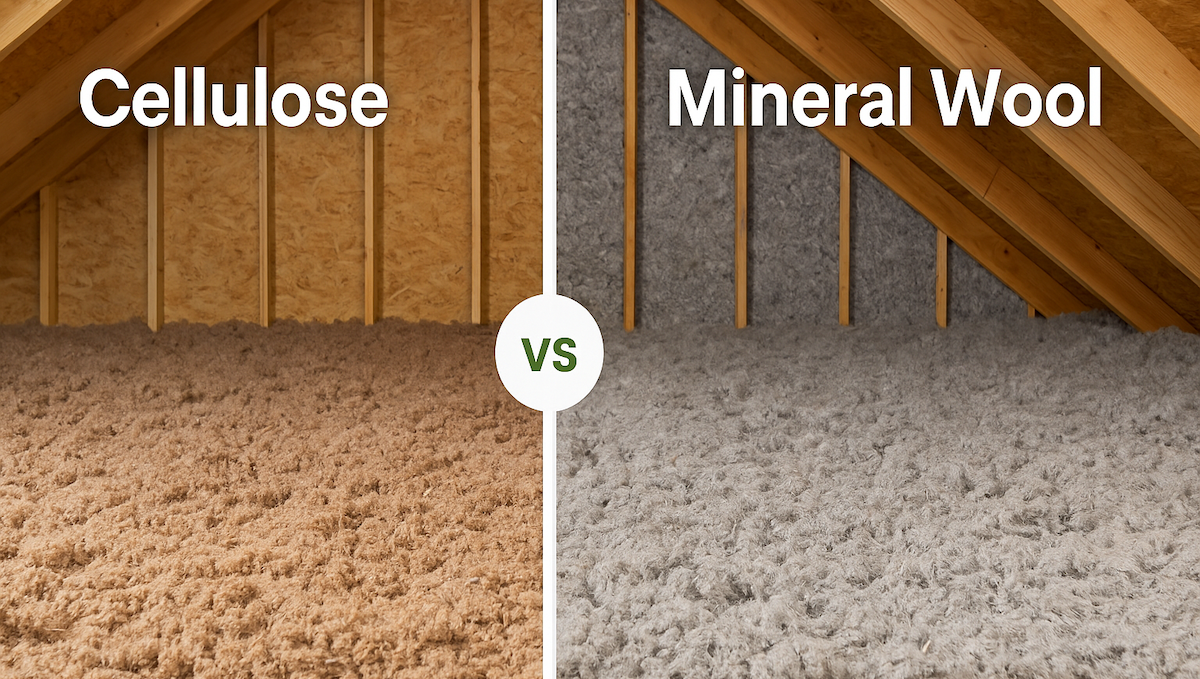Why You Should Get an Insulation Estimate Before Buying a Home

So, you’re house hunting. You’ve walked through a dozen places, nodded politely at granite countertops, peeked into basements, and maybe even tapped on a few windows like you know what you’re doing. But here’s the thing no one tells you: what’s behind the walls might be the most expensive part of the whole deal—and you won’t see it until it’s too late.
I’m talking about insulation.
Most buyers think about roofs, boilers, or maybe mold in the basement. But poor insulation? That sneaky culprit won’t show up until you move in and realize your upstairs feels like a toaster oven and your utility bill could fund a weekend in Vermont.
Getting an insulation estimate before buying a home isn’t just smart—it’s one of the cheapest ways to avoid hidden headaches. Whether you’re buying a 1920s colonial or a “new build” with questionable workmanship, knowing what’s in your walls, attic, and crawlspace can save you thousands.
Let’s dig into why insulation should be on your pre-purchase checklist—right next to the inspection and the awkward convo about who’s keeping the washer-dryer.
Insulation Problems Are Easy to Miss—Until It’s Too Late
Here’s the problem: insulation doesn’t squeak, drip, or leak. It just quietly underperforms—until your first heating bill hits and you start googling “why is my upstairs 15 degrees hotter than my downstairs?”
Unlike leaky pipes or cracked foundations, insulation issues don’t scream at you during a walkthrough. You’re not crawling into the attic with a flashlight or yanking out rim joist plugs during your showing. Even home inspectors? They’re mainly looking for visible damage or code violations—not whether your attic has 2 inches of crusty fiberglass from the Reagan era.
And that’s how people end up buying drafty homes they didn’t bargain for.
Signs of poor insulation—like inconsistent temps, high energy bills, or that lovely ice dam waterfall in February—usually show up after closing. At that point, it’s your problem.
That’s why getting an insulation estimate before buying the home is so valuable. A good contractor will tell you what’s missing, what’s outdated, and what it’s going to cost to fix. And trust me—it’s better to find that out before you’re unpacking boxes in a 58-degree living room.
What an Insulation Estimate Actually Tells You
This isn’t just a guy with a clipboard eyeballing your attic and saying, “Yeah, looks a little thin.” A proper insulation estimate is like a sneak peek behind the drywall—without having to punch any holes.
A good contractor (hi, that’s us) will check key areas that most buyers overlook:
- Attic insulation—how much is there, what kind, and is it doing anything besides holding mouse poop?
- Walls—especially in older homes, where insulation might be non-existent or settled like old oatmeal
- Rim joists and crawlspaces—prime spots for air leaks and mold if they’re not sealed or insulated right
- Basements—often a mess of exposed concrete and uninsulated band joists
- Air sealing—because insulation without air sealing is like wearing a sweater in a wind tunnel
We’re not just looking at R-values. We’re looking for red flags: moisture issues, signs of rodent infestation, outdated materials like vermiculite or crumbling batts, and areas where heat or cold is leaking like a screen door on a submarine.
Think of it like this: your insulation estimate isn’t just a price tag—it’s a diagnosis. It tells you whether this house is ready for New England winters… or if it’s going to bleed heat and money the moment the thermostat kicks on.
How Bad Insulation Can Cost You—Fast
Let’s talk money—because bad insulation doesn’t just make you uncomfortable, it drains your wallet every single month.
Heating and cooling make up about half of your home’s total energy use. So when insulation’s lacking—or missing altogether—your HVAC system has to work overtime just to maintain livable temps. That means:
- Higher energy bills (sometimes hundreds more per month in extreme seasons)
- Shorter lifespan on your heating and cooling equipment (because it’s running non-stop)
- Cold floors, hot bedrooms, drafty living rooms—the stuff that slowly drives you nuts
And those are just the obvious costs. What about moisture damage from poor air sealing? Or mold growth in under-insulated walls? Or paying for a fancy new heat pump that still underperforms because the house leaks like a sieve?
I’ve seen buyers move in thinking, “Oh, we’ll deal with insulation later.” But then later turns into $15,000 in unexpected upgrades—or worse, living in a home that never quite feels comfortable.
A $300–$500 estimate can save you $5,000–$20,000 in regrets. That’s not an exaggeration. I’ve been in enough attics to know the difference between a “move-in ready” home and a money pit hiding behind drywall.
Insulation Estimates Give You Negotiation Power
Here’s the part your realtor probably isn’t talking about: an insulation estimate can give you serious leverage when it’s time to talk numbers.
If that dreamy craftsman bungalow has zero insulation in the walls and six sad inches of 1970s pink fiberglass in the attic, that’s not just a comfort issue—it’s a financial liability. And you’ve got two solid options:
- Ask for a price reduction to cover the insulation upgrade
- Request the seller fix it before closing
Either way, you’re not flying blind. You’ve got a documented estimate from a pro, and now you’re walking into negotiations with real ammo—not vague “this house feels drafty” vibes.
Even better? If the seller isn’t budging, you can make a clean break before buying a home that’s going to cost you thousands more just to make livable. That kind of clarity is worth its weight in cellulose.
And let’s not forget—some utility programs like EnergizeCT may offer rebates or financing for insulation upgrades. But you won’t know what qualifies until someone evaluates the place properly.
Bottom line: insulation estimates aren’t just about the future comfort of your home—they’re about protecting your wallet right now.
Who Should Get One (and When)
If you’re buying a home in Connecticut—or anywhere with four real seasons and energy bills to match—you should strongly consider getting an insulation estimate. Especially if:
- The house is older than your favorite vinyl record
- The listing says things like “charming” or “full of character” (code for “probably drafty”)
- The attic, crawlspace, or kneewalls look like nobody’s been up there since the Eisenhower administration
- The home inspector gives a shrug and says, “Seems okay up there,” but doesn’t really check
And timing matters. Ideally, you’d get the estimate before you make an offer—so you know what you’re getting into. But realistically, it often happens during the inspection window. That’s still fine. As long as it’s before the closing table, you’ve got options.
One important note: most home inspectors don’t assess insulation in detail. They’ll check for obvious mold or moisture, but they’re not running R-values or peeking into wall cavities. That’s where a dedicated insulation pro comes in—we know what to look for, and we’re not afraid to crawl into weird spaces to find it.
So don’t wait until you’re unpacking boxes in a house that can’t hold heat. Get the estimate early, know what you're dealing with, and budget smart.
What to Look For in a Contractor
Not all insulation contractors are created equal—especially when you’re relying on them to help you make a six-figure decision. So if you’re getting an estimate before buying a home, here’s what to look for:
- Experience with older homes. Connecticut has no shortage of drafty colonials, plaster walls, and low-access attics. You want someone who’s worked in that kind of mess before.
- Knowledge of all insulation types. The right contractor isn’t going to push one product on you. They’ll recommend cellulose, spray foam, or fiberglass based on what fits the house, the budget, and the long-term goals.
- Air sealing expertise. A good insulation job starts with sealing the leaks. If your contractor doesn’t talk about this, walk away.
- BPI certification or approval through EnergizeCT. These aren’t just feel-good logos—they mean the contractor meets real standards for building science and home performance.
- Clear, honest communication. You want someone who explains what they found, what it means, and what it’s going to cost in plain English. No fluff. No scare tactics. No upsell circus.
This isn’t just about comfort—it’s about finding someone who knows how to make your future home energy efficient, safe, and livable, without turning it into a science experiment.
Final Thought: Peace of Mind Is Worth It
When you're buying a home, there’s a lot to think about—mortgage rates, roof shingles, whether your couch will fit through the front door. But insulation? That one slips under the radar. Until it starts costing you.
Here’s the truth: you’re not just buying square footage—you’re buying what’s behind the walls. And if that stuff isn’t doing its job, you’ll feel it every time your HVAC kicks on, every time your kid says their room is freezing, and every time your energy bill arrives.
An insulation estimate gives you peace of mind. It tells you exactly what kind of shape the home’s building envelope is in, whether you’re looking at small upgrades or a major overhaul, and how that’s going to impact your comfort and wallet.
It’s one of the smartest moves you can make before signing on the dotted line. Because after closing, those problems become yours.
Common FAQ's about an Insulation Estimate Before Buying a Home
Can I include an insulation estimate in my standard home inspection?
No, standard home inspections don’t include detailed insulation estimates. Inspectors focus on safety and structure, not insulation depth or air sealing. For accurate energy performance info, hire a licensed insulation contractor to evaluate attics, crawlspaces, and wall assemblies.
How much does an insulation estimate typically cost in Connecticut?
In Connecticut, basic insulation estimates are often free from local contractors like Nealon Insulation. Detailed diagnostics using tools like thermal imaging or blower door testing may cost $150–$500. This fee is often credited toward the project if you proceed with the work.
Will an insulation issue affect my ability to get a mortgage or home insurance?
Insulation issues rarely block mortgage approval or home insurance unless tied to major risks like mold, moisture damage, or asbestos-containing vermiculite. Insurers may require fixes if insulation causes water intrusion or fire hazards. Address problems early to avoid delays during closing.
What should I bring or prepare for an insulation estimate during the buying process?
Bring the real estate listing with square footage and year built, any inspection reports or disclosures, and outline your comfort or energy goals. If allowed, provide access to the attic, crawlspaces, or garage. The more info you share, the more accurate the estimate.
Can I roll insulation upgrades into my mortgage or renovation loan?
Yes, you can include insulation upgrades in renovation loans like FHA 203(k) or Fannie Mae HomeStyle. These programs let you finance energy improvements through your mortgage. You’ll need a contractor estimate and lender approval to qualify during the loan process.
Related Articles
Let's Work Together
Ready to transform your home into an energy-efficient haven? Schedule your free energy assessment today and experience the Nealon difference for yourself.



